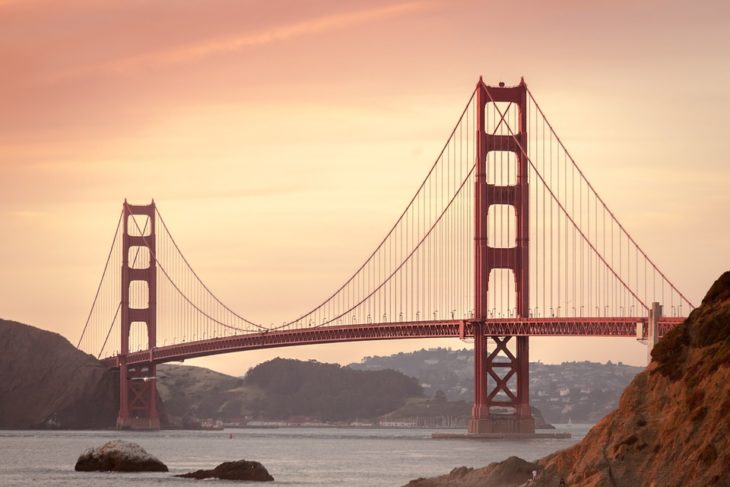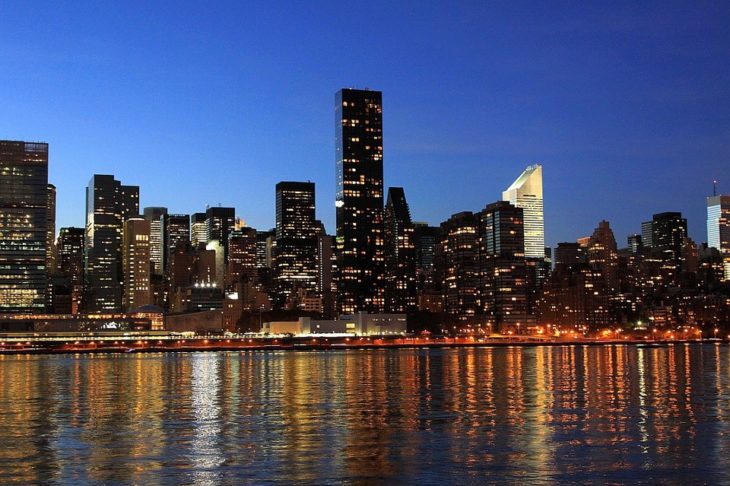As legal medical marijuana becomes more and more widespread in the United States, the particular ways each state is handling the introduction of the medicine are slowly becoming apparent. There are currently 29 legal MMJ states in the country, across the country from California to New York, and all of them approach the subject a little differently to the last.
While advocates continue to fight the good fight to get the medicine legalized in all 50 states, it’s going to be a long road; so it can be instructive to take a look at how the respective programs of the legalized states have shaped up so far.
California: A Trailblazer for Medical Cannabis
The trailblazer state for MMJ is undoubtedly California, who legalized the drug over twenty years ago in 1996. Proposition 215, also known as the Compassionate Care Act, passed by a narrow 55%, and allowed people suffering from cancer, AIDS, arthritis and other chronic ailments the avail of medical marijuana.
Although the proposition was criticized at the time for its vague wording, it was hailed as a major breakthrough by the medical profession, who could now legally recommend MMJ to their patients. From then, California has gone from strength to strength, and has become the guiding beacon for the legalization of both medical marijuana and recreational marijuana.
California has long been seen as a leading liberal state, as has its counterpart on the opposite coast, New York. America’s largest city has a long history of liberal leanings, and most expected them to carry through with the advent of MMJ. However, that was surprisingly not the case.
New York vs. California MMJ Laws
Quite the opposite occurred actually; when New York finally legalized medical marijuana in 2014, a full eighteen years after California, it was in the form of a shockingly restrictive and conservative bill. One of the sticking points of the new legislation came from Governor Andrew Cuomo, a long-standing anti-marijuana advocate, who insisted that the medicine should not be legalized in smokable form.

California allows medical marijuana to be taken in any form, which is vastly different to the MMJ laws in New York.
This greatly limits the potency of MMJ, which is most effective and fast-acting when smoked. In addition, only a small number of diseases, many of them severe, would qualify a patient for MMJ treatment in New York; the 2014 bill didn’t include the blanker term ‘chronic pain’, which critically limits both who doctors can prescribe to, and on what grounds.
In fact, New York doctors themselves had to think very carefully before prescribing the drug. If they were found to be working outside the tight parameters of Cuomo’s bill, they could find themselves breaking federal law.
As it stood upon introduction, New York’s MMJ laws stood in stark contrast to California’s liberal leanings. California allows medical marijuana to be taken in any form, and also includes a wide range of qualifying conditions, which sharply outguns New York’s restrictive measures.
Medical Marijuana Laws: Times They are a Changin’
Things have been changing recently though, and advocates in New York have been applying pressure in order to loosen the conservative bill. These changes, however, bring it nowhere near California’s MMJ legacy; and the problem starts with supply and demand.
It’s hard to walk down any given street in Los Angeles, San Francisco, or indeed any major Californian city, without happening across an MMJ dispensary. Over twenty years of legal medical marijuana have given California an unprecedented head start in terms of cultivation, and the industry continues to go from strength to strength.
Over on the East coast however, things are a little different. Currently, New York’s 2014 bill only allows for five cultivation companies to legally operate in the state, with a maximum of twenty dispensaries (or one every 2,700km). This was initially crippling to the growth of MMJ; though the Department of Health has since recognized its limitations, and doubled the amount of cultivation companies to ten, in a bill passed late last year.

One good piece of news is that as of March this year, chronic pain was added as a qualifying ailment for MMJ in New York.
There are also continuing and persistent calls for changing the qualifying conditions in New York, some of which have not gone unheeded. As of March this year, chronic pain was added as a qualifying ailment, after it was announced in December 2016. This opens up a whole new world for medical marijuana in New York, making it accessible for many more people for whom it could prove a major benefit. Despite the early aggressiveness of the 2014 bill, signs are good that the Department of Health are loosening their reins and are looking to put New York on the MMJ map.
However, these new measures simply don’t measure up to California’s lax legislation. In fact, the Sunshine State has gone one step further and legalized recreational marijuana, another bold step in the slowly but surely progressing acceptance of the drug. Although it’s making bold strides, and is certainly heading in there right direction, New York still has a long way to go to make up the ground gained by California.
Until NY, the supposed liberal bastion of the Eastern seaboard, severely loosens its laws, Cali will remain the king of MMJ states. But who knows what the lay of the land will look like five years from now. Until then, patients will on both sides of the country will have to continue fighting the good fight, and advocating the plethora of benefits MMJ provides.
